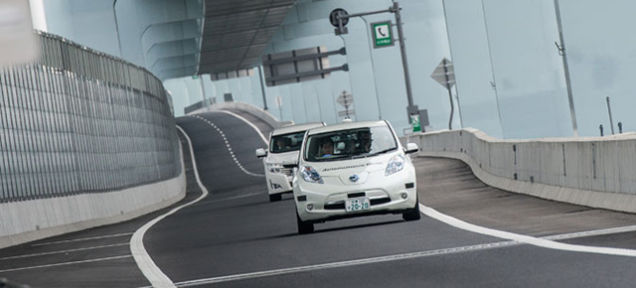Your driving experience will change a lot in the next five years if the vision of a Honda Motors executive comes true.
And in 35 years, you may not be driving at all.
“With the advancement of learning, sensing and communication, in both cars and infrastructure, we will move into a new realm, a cooperative car society, in which the highly automated vehicle becomes a platform for the transformed mobility experience,” Frank Paluch of Honda said recently.

And in making this happen, the executive suggests that we finally will move “beyond the age of oil.”
Honda expects a high-speed, low-carbon, zero-collision, cooperative car society made possible by the convergence of technologies, including highly automated vehicle systems with vehicle-to-vehicle and vehicle-to-infrastructure connectivity and advanced collision mitigation capabilities.
Here is the timeline Paluch describes:
2020 – Humans, vehicles and infrastructure become connected in an all-direction safety system that will reduce driver workload and enable a 50 percent reduction in accidents.
2030 – All road users, including cars, pedestrians, bicyclists and motorcycle riders will be connected.
2040 – Connected vehicles could be accident-free, changing the way people move and live.
2050 – Cars converge into a network of intelligent, interconnected machines using their advanced sensing and relational capabilities to inform and educate the world around them.
“Honda has always invested in advancing its core knowledge across all aspects of the mobility equation – cars, jets, motorcycles, racing machines, humanoid robots and smart home energy systems,” said Paluch. “This probably makes us sound a little crazy, but our focus is not short-term, and we continue to think about how we can advance all stages of human mobility – walking, riding, driving and flying.”
But Paluch also expects these massive changes to occur through cooperation as much as competition, saying “no single company has the size or reach to line up all these pieces by themselves.”
Paluch laid out his vision at a recent conference of auto industry engineers and thought leaders.


